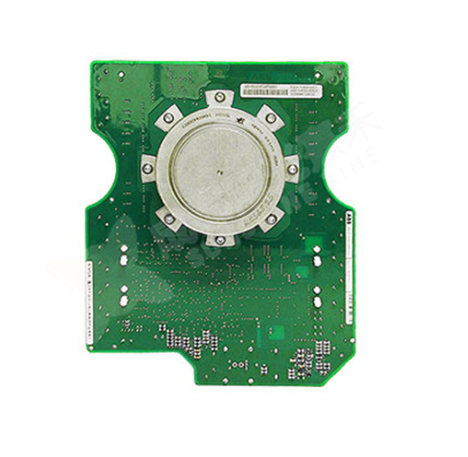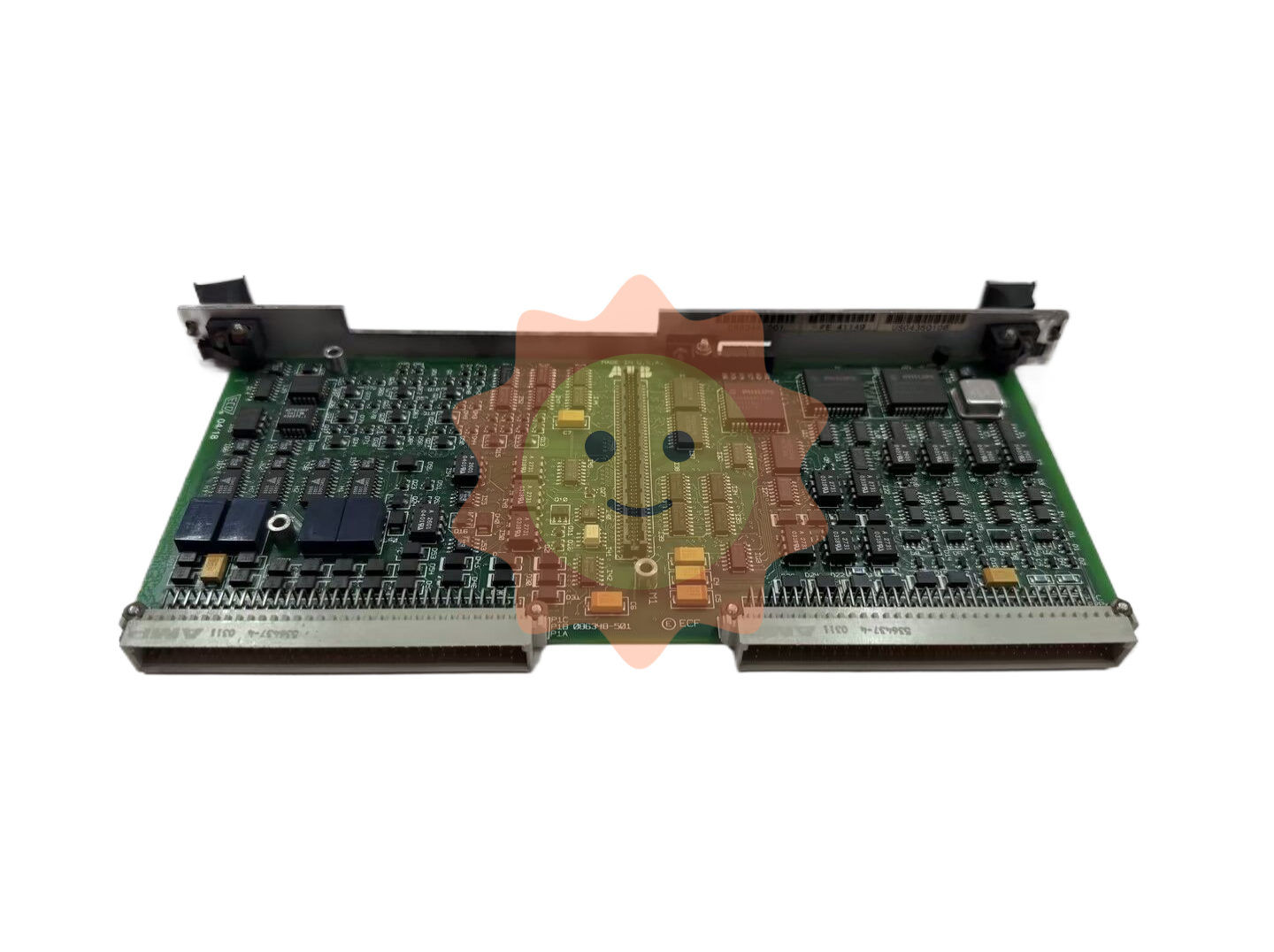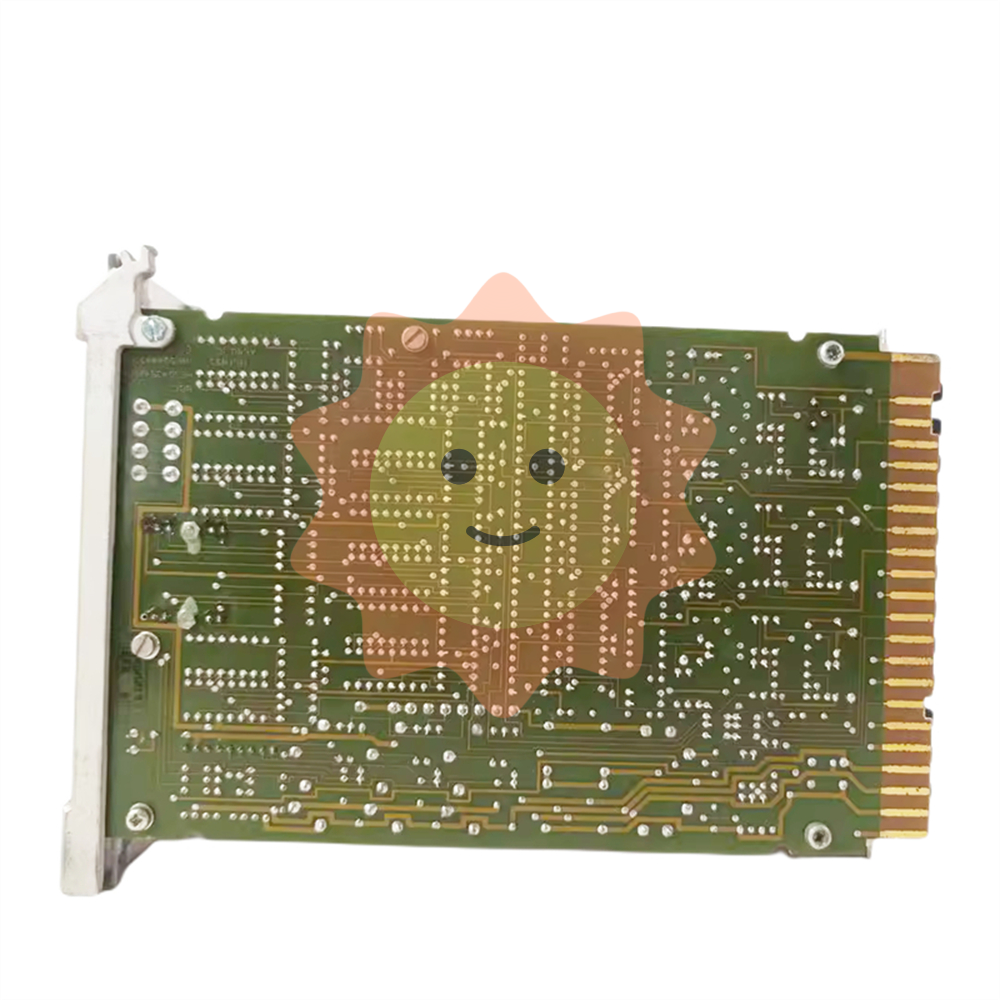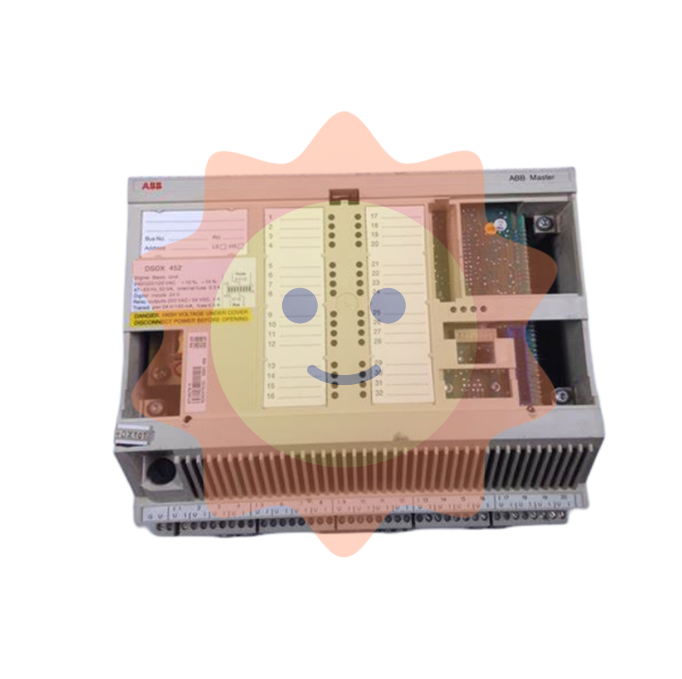H1 Global Food and Beverage Trends for 2023, analyzing 4 major innovation opportunities
Trend two: Environmentally sustainable
In addition to the pursuit of more nutritious, healthy, natural and simple ingredients in the diet, consumers have also begun to investigate whether the source of the purchased products, planting methods, and trading methods are in line with their own values. Especially under the global trend of promoting environmental protection and sustainability, people begin to expand their health concerns from human beings to the whole ecology when choosing food, and actively explore the sustainable dynamic balance between people and the earth.
The ADM survey found that 49% of consumers worldwide said they have changed many bad eating habits in the past two years in order to live more environmentally friendly lives.
At the same time, consumers are particularly focused on reducing their own food waste in their daily lives, so they have the same expectations for food companies to improve their environmental awareness. According to Innova, more than three out of five consumers worldwide say their trust in a brand increases when the brand is more honest about its environmental challenges and efforts.

So, in product innovation, how can food and beverage use sustainable trends to empower products?
According to H1 Global Food and beverage Trends in 2023, environmentally sustainable new products account for 20% of H1 new products, of which plant-based ingredients and sustainable packaging are the main innovation directions, and representative products include plant-based milk, plant-based meat, plant-based seafood, plant-based snacks, sustainable packaging, etc.
1, health and environmental protection, sustainable diet gradually "planted" into daily life
The biggest feature of plant-based is to replace animal protein in food with plant protein, from the name, it has a more natural connection with us; From the function point of view, it has great environmental protection significance to the environment and animals; At the same time, compared to animal protein products, plant-based products are more in line with the new generation of consumers' pursuit of healthy eating.
At the consumer end, the consumption heat and attention on plant-based products are rising. According to the data, 52% of consumers worldwide say they are flexitarians, and nearly two-thirds of them are willing to try adding plant-based foods.
In terms of product selection, Innova market Insights data shows that consumers' focus on plant-based products has fallen to sixth place in terms of "better simulated meat/dairy products", while the demand for "independent plant-based products, non-simulated meat/dairy products" has risen to third place.
Based on the continuous improvement of consumers' awareness of health, environmental protection and sustainability, coupled with more and more people starting to actively choose vegetarian food, the commercialization process of plant protein products has been further accelerated, and the plant-based food market has ushered in a golden period of development.
H1 Global Food and Beverage Trends in 2023 show that as many as 45% of products boast plant-based ingredients in environmentally sustainable trends, and the research and development focus of plant-based products has shifted from imitation of meat and dairy products to the optimization of the product itself and more independent market segments.
Product Case:
Schouten Europe has launched a new plant-based fillet designed to meet the growing consumer interest in fish alternatives and the resulting purchase demand. It is made from a mixture of wheat and rice and has a texture and taste similar to cod. In addition, the new product is crisp on the outside and soft on the inside, and can be used as an alternative to foods such as fish and chips or fish tacos.
2. Green packaging to create a renewable cycle with both responsibility and appearance level
In the process of purchasing food, packaging is often one of the most intuitive factors affecting consumers' decisions. Especially when sustainability becomes an important issue at the moment, how to create green packaging with both responsibility and appearance level is the top priority of this issue.
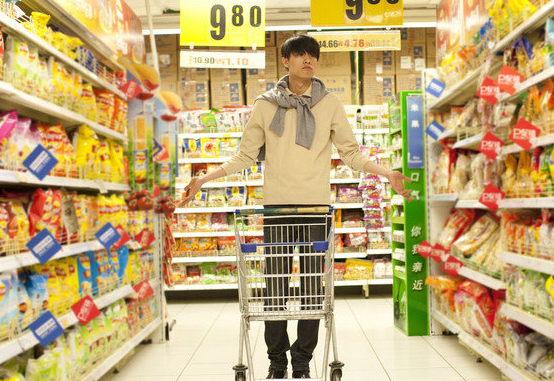
The so-called green packaging, also known as sustainable packaging, mainly includes two types of recyclable and biodegradable. Among them, recyclable packaging: usually marked with a "widely recycled" logo or plastic resin id, used to remind consumers whether it can be reused, such as plastic, glass, metal, etc.; Biodegradable packaging refers to the fast decomposition of packaging materials, which can be decomposed into environmentally friendly materials through composting, such as recycled cardboard and paper.
In 2022, more than 50% of consumers worldwide are willing to pay a premium for sustainable packaging. As consumers show a strong concern and emphasis on sustainability, more and more brands are also starting to work on packaging. According to the H1 Global Food and Beverage Trends Report 2023, the proportion of sustainable green packaging is as high as 23%.
Product Case:
- EMERSON
- Honeywell
- CTI
- Rolls-Royce
- General Electric
- Woodward
- Yaskawa
- xYCOM
- Motorola
- Siemens
- Rockwell
- ABB
- B&R
- HIMA
- Construction site
- electricity
- Automobile market
- PLC
- DCS
- Motor drivers
- VSD
- Implications
- cement
- CO2
- CEM
- methane
- Artificial intelligence
- Titanic
- Solar energy
- Hydrogen fuel cell
- Hydrogen and fuel cells
- Hydrogen and oxygen fuel cells
- tyre
- Chemical fiber
- dynamo
- corpuscle
- Pulp and paper
- printing
- fossil
- FANUC
- Food and beverage
- Life science
- Sewage treatment
- Personal care
- electricity
- boats
- infrastructure
- Automobile industry
- metallurgy
- Nuclear power generation
- Geothermal power generation
- Water and wastewater
- Infrastructure construction
- Mine hazard
- steel
- papermaking
- Natural gas industry
- Infrastructure construction
- Power and energy
- Rubber and plastic
- Renewable energy
- pharmacy
- mining
- Plastic industry
- Schneider
- Kongsberg
- NI
- Wind energy
- International petroleum
- International new energy network
- gas
- WATLOW
- ProSoft
- SEW
- wind
- ADVANCED
- Reliance
- YOKOGAWA
- TRICONEX
- FOXBORO
- METSO
- MAN
- Advantest
- ADVANCED
- ALSTOM
- Control Wave
- AB
- AMAT
- STUDER
- KONGSBERG
- MOTOROLA
- DANAHER MOTION
- Bently
- Galil
- EATON
- MOLEX
- Triconex
- DEIF
- B&W
- ZYGO
- Aerotech
- DANFOSS
- KOLLMORGEN
- Beijer
- Endress+Hauser
- MOOG
- KB
- Moxa
- Rexroth


Email:wang@kongjiangauto.com












































































































